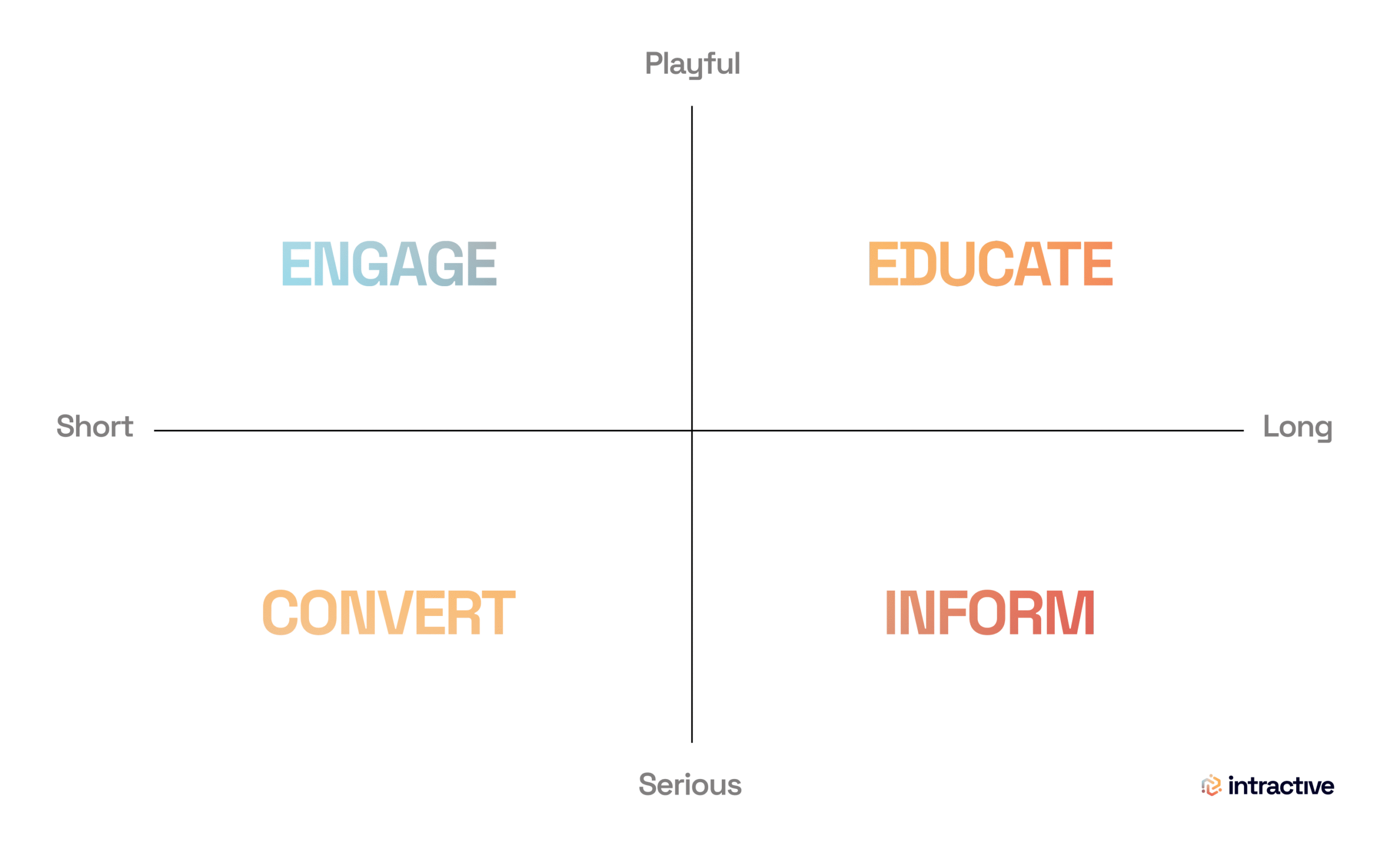On social media, we measure how impressed people are, not how involved they are. But engagement is not about how many people you reach; it is about how many people you touch.
The Myth of Social Engagement
For years, engagement has been treated as the holy grail of marketing and communications. We measure it in views, likes, shares, and comments, mostly on social media. Yet research shows that meaningful brand engagement is rare. According to Havas Meaningful Brands (2019), 77% of brands could disappear without consumers missing them. The Edelman Brand Relationship Index (2016) found that only 8 to 17% of brands achieve a truly committed level of engagement.
Still, we continue to see views, followers, and likes as the ultimate measure of success. And indeed, influencers and social media trends have an undeniable impact, especially when it comes to short-term consumer behavior. A food trend can make people queue for two hours for fries with truffle mayonnaise, even though the snack bar next door sells the exact same fries. It is lucrative for both the influencer and the business, but usually short-lived. The cost is paid by those being influenced, and that is not always in their best interest.
Engagement is an Instinct
That so-called engagement does not come from nowhere. It stems from a primal instinct: the desire to belong. We are social beings who will do almost anything to fit in. But that sense of belonging has increasingly shifted to social media. Our relationships have become more superficial, often defined by whether or not we have tried that trending snack.
We lose ourselves in short bursts of dopamine, addicted to superficial validation, and that game has few real winners. We pay with our attention, and that attention span keeps shrinking. Big Tech uses our attention to sell as much screen time as possible, while companies eagerly buy in because they believe that is where success lies. That is precisely the problem. Engagement has become nothing more than a commercial resource.
A 2025 UNICEF study among 1,000 young people aged 10 to 18 found that 69% would prefer social media to be banned. They find it addictive, unsafe, and damaging to their mental health. They feel insufficiently protected against harmful content and endless scrolling.
Engagement as a Strategic Goal
If we translate the English word engagement back into Dutch, we get “betrokkenheid,” or involvement. It refers to a lasting relationship between a brand, company, or organization and its audience, where both parties actively exchange value. Research from the Harvard Business Review (2014) shows that emotionally connected customers have a 306% higher lifetime value than those without that emotional bond. Real engagement therefore requires more than just playing with algorithms. It is about participation, interaction, and experience.
This principle applies not only to customers but also to employees. Gallup’s 2020 meta-analysis found that teams with high engagement experience 87% less turnover than disengaged teams. Gallup’s global study of 2.7 million employees (2023) showed that companies with highly engaged employees achieve 23% higher profitability and up to 43% lower turnover in sectors with traditionally high attrition rates.
The Microsoft Work Trend Index (2023) confirms this. Employees who feel connected to their organization’s purpose are twice as likely to stay and perform 16% better. This deeper form of engagement arises when employees are not merely informed but actively involved in shaping the story of the organization, from onboarding to strategy.
Don’t Be Impressed, Be Involved
Matthew McConaughey’s reflection on human interaction captures what is fundamentally wrong with how we measure engagement. Early in his career, he learned that when you are too impressed by someone, you ruin the conversation because you create hierarchy instead of connection. You become a spectator rather than a participant.
That is exactly what social media has done to engagement. We have turned a generation of consumers, employees, and students into spectators who applaud with likes, queue as followers, and admire from afar through views. We measure how impressed people are, not how involved they are.
Back to Real Involvement
Real engagement means that people think along instead of merely consuming, co-create instead of only sharing, participate in the story rather than watching from the sidelines, and interact as equals instead of looking up.
Engagement is not limited to the beginning of a customer, candidate, employee, or student journey. In fact, engagement in later phases often builds more sustainable relationships. Well-known models such as the customer journey map with its Awareness, Consideration, Decision, Service, and Loyalty phases, or Google’s STDC model (See, Think, Do, Care) by Avinash Kaushik, show that people move through these stages—sometimes more than once.
Engagement plays a different role in each phase. In some stages, it is not even the primary goal. Sometimes you simply want to inform, convert, or teach. Engagement still matters but should not always be the focus. Timing is everything, and content must adapt accordingly.
The Journey as a Starting Point
Engagement is not constant. It varies by phase, moment, and individual. In the awareness stage, we often overwhelm people with content while they are only exploring. In the decision stage, we make things unnecessarily complex when people simply want to take action. We push the wrong messages at the wrong times.
At Intractive, we use a quadrant that distinguishes four clear communication goals: to engage, to inform, to convert, and to educate. Each goal requires a different approach, different metrics, and a different level of interactivity.
The Elaboration Likelihood Model by Petty and Cacioppo confirms what we intuitively know: people remember 10% of what they read but 90% of what they do. Yet we continue producing PowerPoints, PDFs, and videos as if it were still 1995. We miss interaction, discussion, and real participation. We should invite people to make choices, to explore, and to contribute—not because it is fun, but because it works.

Cognitive Load Theory by John Sweller teaches us that people process information better when they control the pace and sequence themselves. That means the journey should never be set in stone. People start at different points, and it is more effective to design specific concepts for each goal and implement them across the right channels.
At the start of a journey, engagement may mean creating a positive first impression and sparking the desire to belong. Later, it might mean offering guidance, for example with a short quiz that helps someone find the right product or job.
Measure What Matters
Forget likes. Measure what people actually do and whether they are truly engaged, using content that allows you to track it.
- How long do people stay with your content?
- Do they make choices or reach outcomes?
- How many complete the experience rather than just start it?
- Do they recognize themselves in the result?
- Do they take a follow-up action or move on to the next stage?
This kind of data does not only show whether people are engaged. It shows why, and more importantly, what they need next.
The Future: From Searching to Being Found
We are on the verge of a new shift. Just as Google SEO changed discovery, AI assistants are transforming discoverability. More and more people ask ChatGPT or Claude for advice. These AI systems do not index likes or views; they look for value, relevance, and authenticity.
The new version of SEO is called AEO, or Answer Engine Optimization. By investing now in high-quality and interactive content, you not only build stronger relationships with your audience but also prepare your organization for an AI-driven future.
“Don’t be impressed, be involved.” Matthew McConaughey’s words sum up where we need to go. From spectators to participants. From metrics to meaning. From viral to valuable.
Because engagement is not about how many people you reach. It is about how many people you touch. And more importantly, how many people want to help build what comes next.








